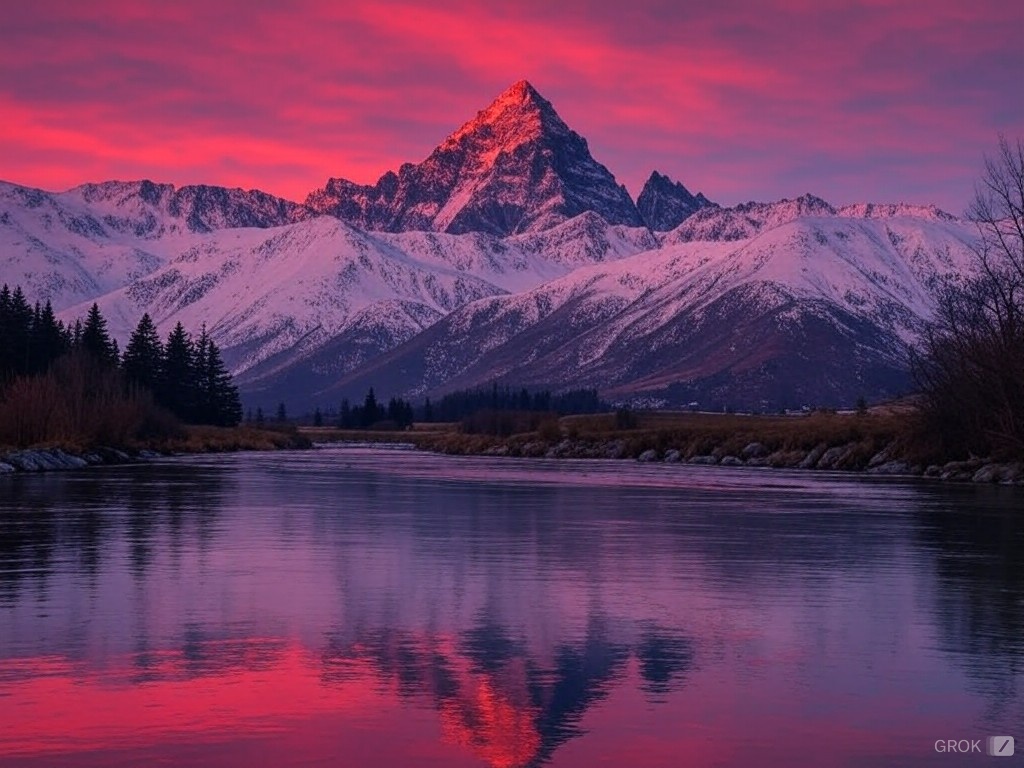Ah, terrains! Crafting those expansive landscapes where battles rage, explorers roam and magic happens; isn’t just a part of game design – it’s like painting but with polygons and pixels! Unreal Engine 4 has been a strong ally in this creative combat, but let’s face it, terrain sculpting can still feel like taming a wild beast sometimes, right?
Now, if you’re like me – trying to turn a flat plain into a living, breathing part of your game world – you’ve probably asked yourself where to start. You want to create imposing mountains, secretive valleys, winding rivers, all with a natural feel, right? Well, let me dive in with you and explore how to master such epic visual storytelling.
Contents
Where Does the Magic Begin?
The journey starts in the Landscape mode of Unreal Engine 4. Here, you’ll feel like a god, shaping the ground with tools that might initially seem complicated. But, trust me, after some dabbling and a bit of frustration (yes, it happens to all of us!), it gets under your skin in the best way possible.
I remember the first terrain I sculpted. Let’s just say it looked more like a lumpy potato than an exotic landscape! But hey, trial and error are the best teachers, aren’t they? With a bit of patience and lots of adjustments, the shape of the land slowly started to make sense.
The Tools of the Trade
Unreal Engine offers a plethora of tools to design your terrain. Sculpt, Smooth, Flatten; these are your brushes, your chisels. Sculpt might be my go-to – it’s like using your hands to mold clay, a direct and intuitive feel. Then there’s the Smooth tool – a lifesaver for fixing those not-so-natural looking cliffs that we sometimes accidentally create.
And who can forget about layers? Yes, think like a painter. Layers in terrain design are your best friends. They allow you to apply different textures to the heightfields – grass here, rock there – give it some variety! The more you play with them, the more your terrain begins to come alive.
Textures and Details – Not Just for Show!
Let’s talk textures. Unreal Engine allows you to blend various materials onto your terrain. The result? Aesthetic cohesion that breathes life into your landscapes. Picture this: the transition from a rocky foothill to a lush grassland. It gives your players environments they can almost feel under their virtual feet. Adding details like rocks, trees, and bushes? That’s what fills your world beyond the broad strokes of mountains and valleys.
But, remember, perfection in textures and details can sometimes be your enemy. There’s beauty in imperfection, a concept that helps to create more organic and believable settings. Don’t stress too much if it’s not picture-perfect – sometimes, a slightly rough edge makes a landscape more real to a player than a polished but soulless terrain.
Bringing It All Together
So, how do we bring all this together? It’s like conducting an orchestra; each element – from height maps to texture layers – needs to work in harmony. Think about your player’s journey through this landscape. What story does it tell? Does a steep, mysterious path lead them to an ancient ruin, or does a gentle slope take them to a tranquil riverside village?
Let your imaginations run wild but tethered to the logic and feel of your game’s world. Sometimes I find myself lost in the details – tweaking a little here, adjusting a little there – like a painter stepping back from the canvas, reviewing every stroke. This back-and-forth might seem endless, but it’s part of what makes this craft so deeply satisfying.
All right, by now, you’ve probably got a sense that terrain sculpting in Unreal Engine is kind of like merging artistry and engineering, right? A bit daunting, yet so exhilarating when you see your envisioned worlds come to life. If you’re itching to sculpt terrains that tell tales and craft worlds that captivate, but feel a tad overwhelmed, hey, that’s perfectly okay!
Fancy a friendly shove in the right direction or a creative comrade in your corner? Drop me a line at [email protected], and let’s shape those sprawling digital dreamscapes together!
